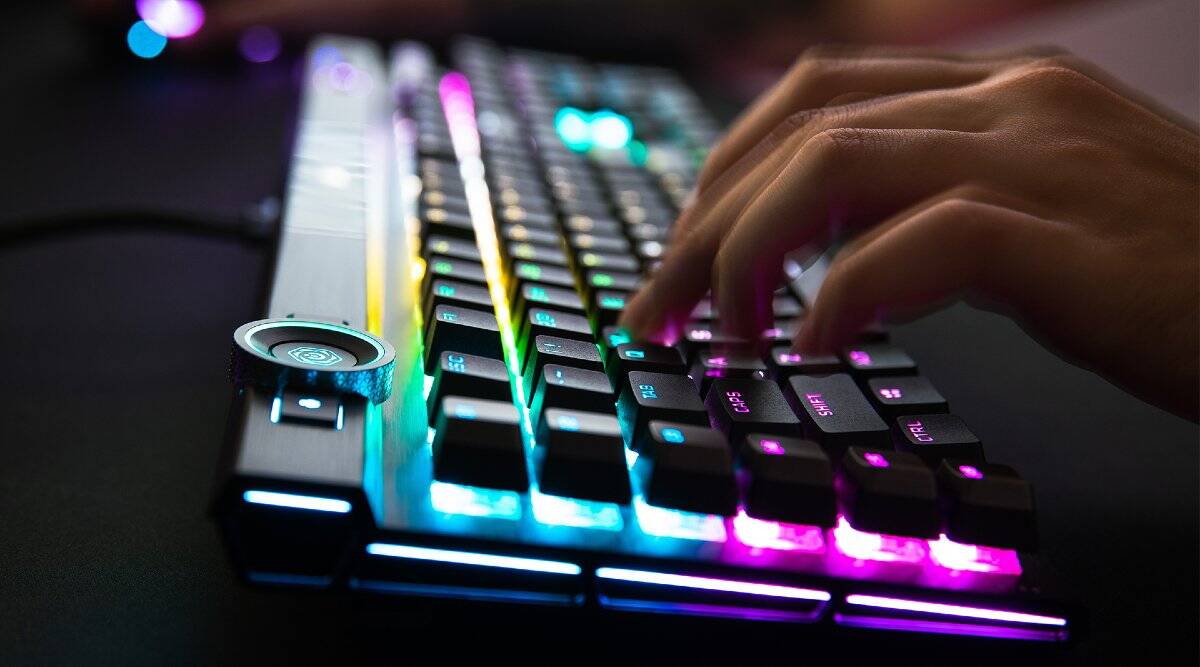Not too long ago, Arranger ducky keyboard were thought to be little more than for home entertainment, much like the chord organs back in the day. This is no longer the case. Arrangers have evolved into a necessary tool for the professional performing musician. Arrangers are showing up in the studios where their tracks are directly recorded from the arranger and put onto a CD for release. (This is quite frequent in Latin music). Of course, that makes sense, since the styles and performances are created and performed by world-class musicians.
For composers who have to produce music quickly in a given style that they may not be familiar with, an arranger can be the difference between making the deadline or losing the gig. All you need to do is load in the style, enter your chord progression, maybe do a little editing, and there you have it, a convincing jazz trio played with great sounding instruments. In fact, quality acoustic instrument sounds is where the arranger shines because these ‘instruments’ are set up to respond as though they are being played live. In fact, Yamaha’s “Mega Voice” technology was created for that very purpose.
Whenever you hear people talking about electronic keyboards, home keyboards or personal keyboards, most of the time they are referring to arranger keyboards. Casio has pretty well cornered the market on entry-level keyboards, so it is not unusual that you will also find a lot of people referring to these keyboards as a Casios.
What makes Arranger Keyboards So Popular?
Arranger Keyboards carry hundreds of sounds and built-in rhythms. You have a wide array of instruments to choose from including: piano, flute, guitar, violin, drums, special effects and almost anything you can imagine. These keyboards also carry built-in accompaniments (or rhythms). These consist of combinations of backing instruments like drums, bass, piano, guitar, brass and strings. All you need to do is simply select an accompaniment and play a melody on top of it. This way you can play an entire song all by yourself.
One of the seducing features of an arranger keyboard are the various built-in musical styles that you can play out of the box. It also lets you create interesting arrangements by the use of buttons like Start, Stop, Intro, Ending and Fill-in. These buttons add variations to the built-in styles and make them sound more realistic. These accompaniments, or styles, fit musical genres such as Rock, Rhythm & Blues, Latin, Country, Jazz, Techno and more. This lets you focus more on your playing while enjoying a full musical performance.
The more advanced arranger keyboards come with hundreds of top quality sounds, styles, and effects. They also feature the display of lyrics and contain a huge song database. They even let you connect a microphone so that you can sing as you play while the vocal processing effects can be applied to the vocals to blend into whatever style it is you want to play. The top of the line arranger keyboards basically give a live performer all the necessary ammunition to dazzle their audience.
Features
Arranger Keyboards range from inexpensive mini arranger keyboards and go up all the way to professional models. Specific features may vary from one model to the next, so it would be helpful to know what your specific needs and wants are in order to choose the right arranger keyboard to suit you. Besides the bells and whistles that each keyboard might offer, here are some features that you might want to consider first, depending on the model:
- Number of Keys -Digital pianos have the same number of keys as their acoustic counterparts, i.e. 88 keys. Electronic Keyboards on the other hand come in various sizes; you can get keyboards with 88, 76, 61, 49, 37 and even less keys. If you are buying your first electronic keyboard, I would recommend that you go with at least 61 keys (That’s 5 octaves!). You can even go for less keys but very soon you will realize their limitations. With 61 keys, you won’t outgrow it for a couple of years at least, if not more.
- Piano Keyboard Action – Synth, Weighted, Graded Hammer -This is important if you want the keys to have a piano feel and weight to them.
- Musical Styles and Accompaniments -Make sure that your new keyboard has got the styles and accompaniments that you want built into it.
- Fingered Mode for Piano Keyboards -For electronic keyboards & digital pianos, this is where The accompaniment section of your piano keyboard recognizes almost all the possible chords.
- Guided Light Keyboards -keyboard manufacturers are going all the way to ensure that learning to play keyboards becomes much easier for anyone. With all the voices and styles, you already have everything at your finger-tips to sound like a one man orchestra but with guided light keys, learning becomes quicker. Children and young adults will like this feature where the keys light up and wait for you so that you know which key you should be pressing while playing any of the built-in songs.
On a side note, if you are certain that you want to play Classical and are willing to spend the extra money, you might want to go with a real or a Digital Piano off the bat, instead of an electronic keyboard. You might also go for an inexpensive 76 Key keyboard.
